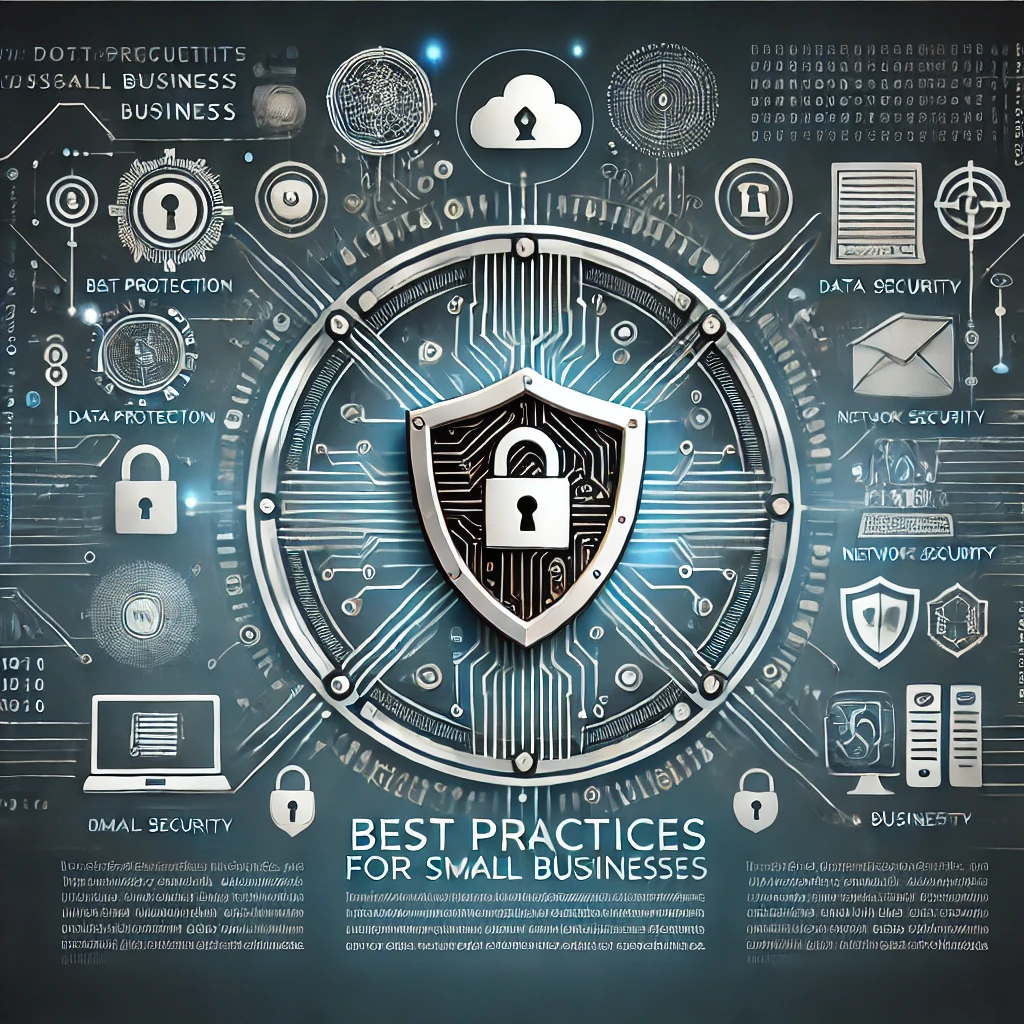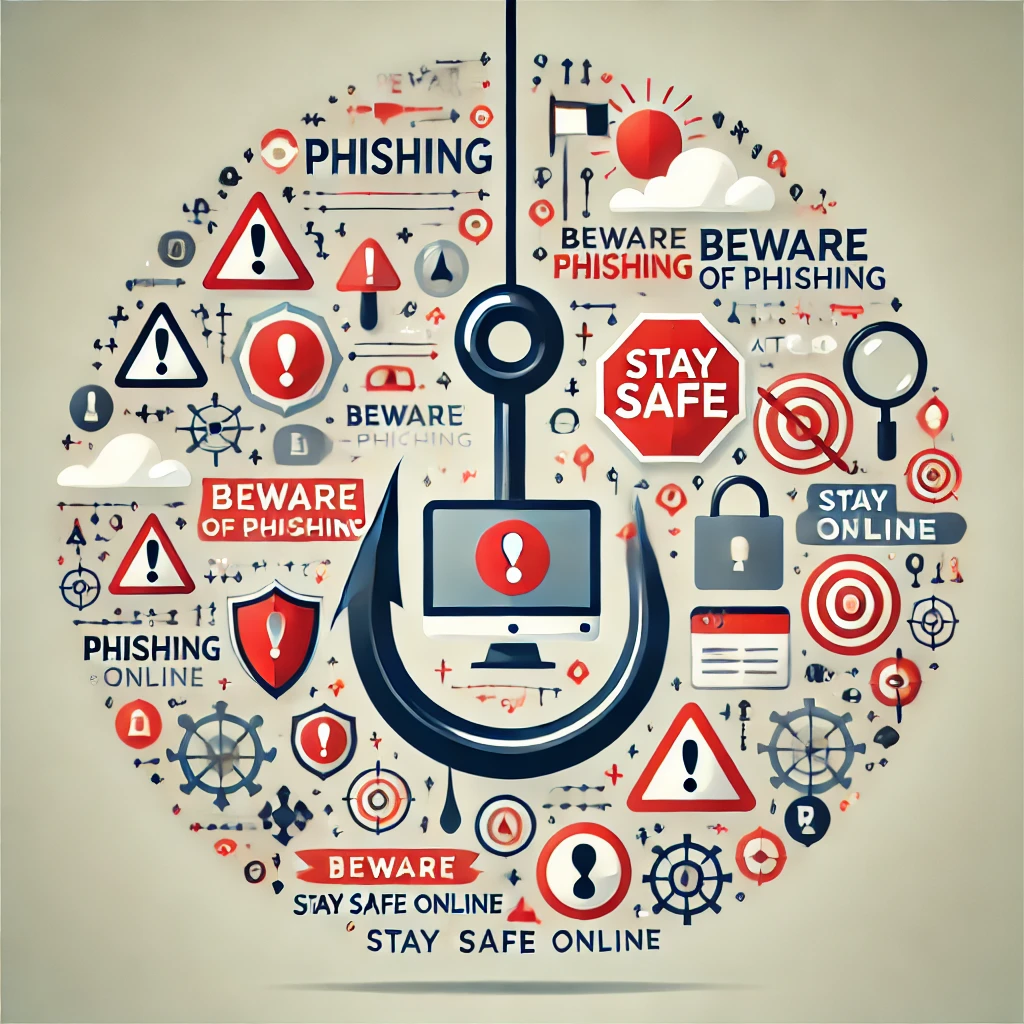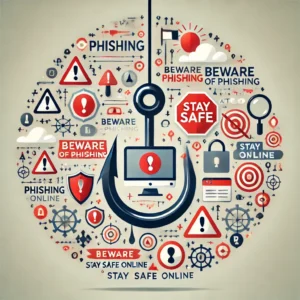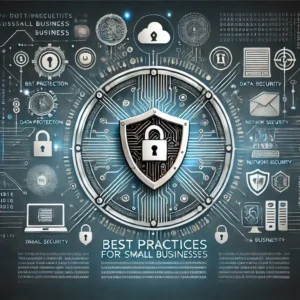Best Practices for Cybersecurity in Small Businesses
In today’s digital landscape, cybersecurity is a crucial concern for businesses of all sizes. However, small businesses often face unique challenges in securing their digital assets. With limited resources and less specialized IT support, small businesses can be particularly vulnerable to cyber threats. To help safeguard your small business from cyber risks, here are some best practices to implement:
1. Educate Your Employees
Your employees are the first line of defense against cyber threats. Regular training sessions on cybersecurity best practices can help them recognize and respond to potential threats, such as phishing emails and suspicious links. Ensure that they are aware of the importance of strong passwords, the dangers of clicking on unknown attachments, and the steps to take if they suspect a security breach.
2. Implement Strong Password Policies
Weak passwords are one of the easiest ways for cybercriminals to gain unauthorized access to your systems. Enforce a strong password policy that requires employees to use complex passwords with a mix of letters, numbers, and special characters. Encourage the use of password managers to keep track of passwords securely and to avoid reusing the same password across multiple accounts.
3. Use Multi-Factor Authentication (MFA)
Multi-Factor Authentication (MFA) adds an extra layer of security by requiring users to provide two or more forms of verification before gaining access to systems. This might include a combination of something they know (a password), something they have (a mobile device), or something they are (biometric data). MFA can significantly reduce the risk of unauthorized access, even if a password is compromised.
4. Keep Software and Systems Updated
Regularly updating software and systems is crucial for protecting against vulnerabilities. Cybercriminals often exploit known weaknesses in outdated software to launch attacks. Ensure that all operating systems, applications, and security software are kept up to date with the latest patches and updates to protect against known threats.
5. Implement Firewalls and Antivirus Protection
Firewalls and antivirus software act as barriers between your network and potential threats from the internet. A properly configured firewall can prevent unauthorized access to your network, while antivirus software can detect and remove malicious software. Regularly update these tools to ensure they can effectively combat new and evolving threats.
6. Back Up Your Data Regularly
Regular data backups are essential for protecting against data loss due to cyberattacks, hardware failures, or natural disasters. Implement a robust backup strategy that includes both on-site and off-site backups. Ensure that backups are encrypted and tested periodically to confirm their integrity and effectiveness.
7. Secure Your Network
Protect your network by using strong encryption protocols for both wired and wireless connections. Ensure that your Wi-Fi network is secured with a strong password and that your router’s firmware is kept up to date. Consider using Virtual Private Networks (VPNs) for secure remote access and regularly review network access controls to limit who can access sensitive information.
8. Develop an Incident Response Plan
An incident response plan outlines the steps to take if a cybersecurity incident occurs. Having a clear and well-documented plan can help minimize damage and facilitate a swift recovery. Your plan should include procedures for identifying, containing, and mitigating the impact of a breach, as well as communication strategies for informing stakeholders and authorities.
9. Monitor and Audit Systems
Regular monitoring and auditing of your systems can help identify potential security issues before they escalate. Implement logging and monitoring tools to keep track of unusual activities and conduct periodic security audits to assess the effectiveness of your security measures. Address any vulnerabilities or weaknesses identified during audits promptly.
10. Work with a Trusted IT Partner
If managing cybersecurity in-house is challenging, consider partnering with a trusted IT service provider or cybersecurity consultant. They can offer expertise, resources, and support to enhance your security posture and address any gaps in your current strategy.
Conclusion
Implementing these best practices can help small businesses strengthen their cybersecurity defenses and protect against the growing number of cyber threats. By educating employees, securing systems, and regularly reviewing your security measures, you can reduce the risk of cyber incidents and ensure that your business remains resilient in the face of evolving threats. Stay proactive and vigilant to keep your small business safe in the digital age.











Post Comment